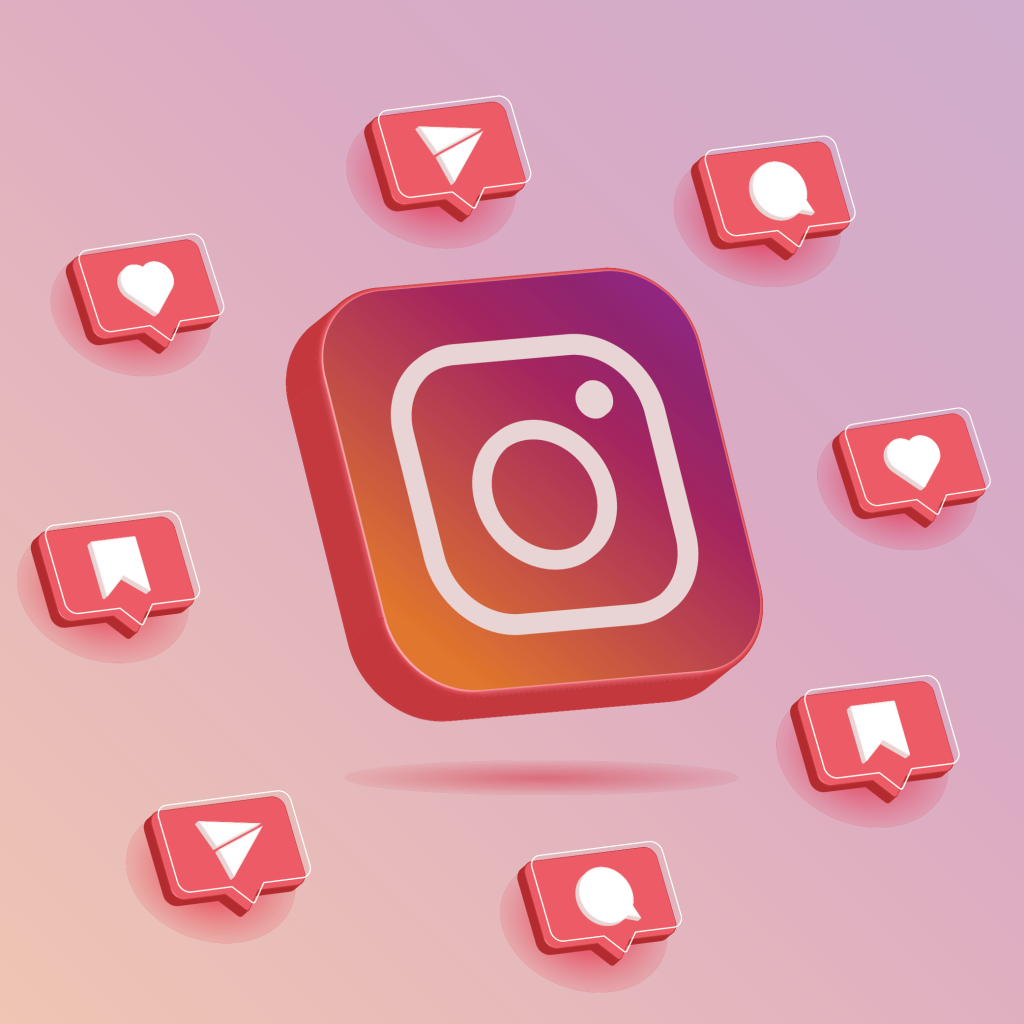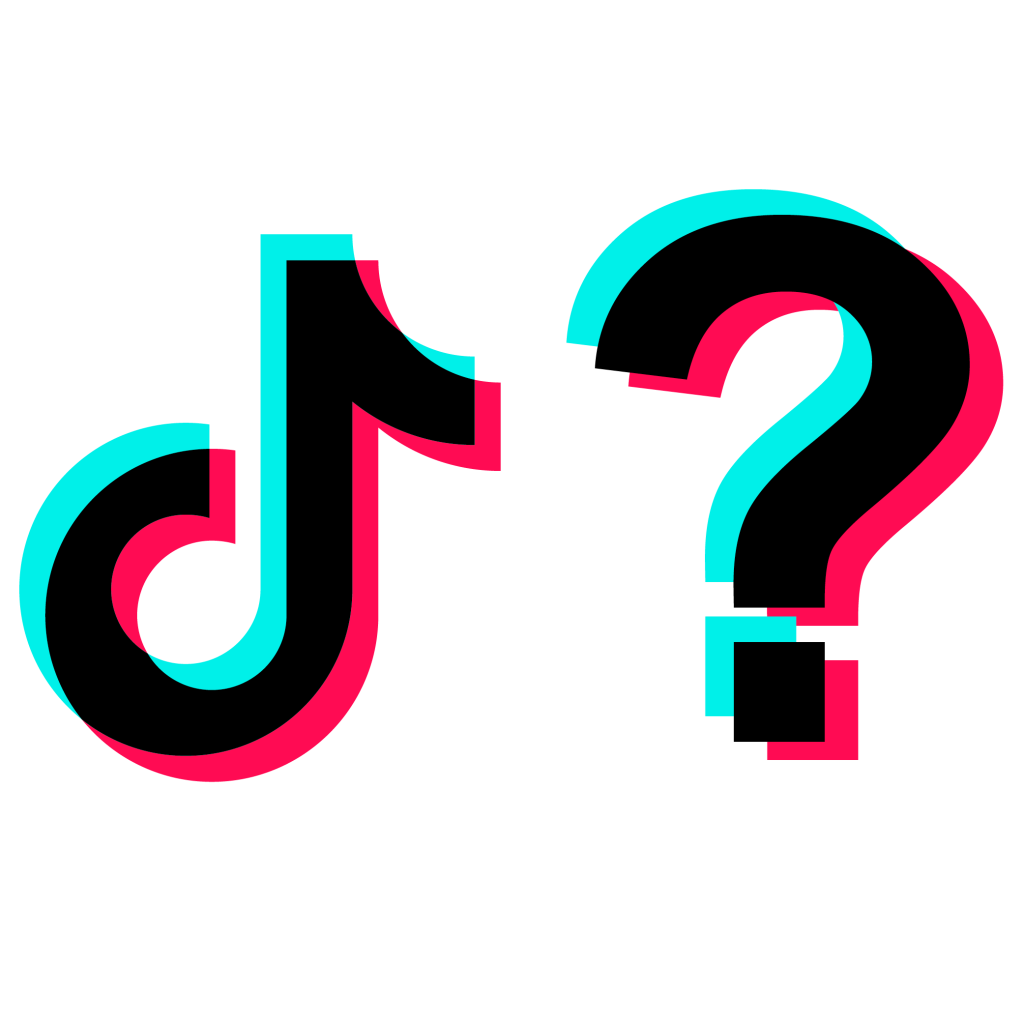
Since its shift from former Lip-Syncing App, Music.ly, to the mass phenomenon we currently know as TikTok in 2018, the app has completely transformed the way we intake media, leaving marketers to adjust accordingly.

TikTok's Rise to Popularity
If you were to think back to 2014, you’d probably recall some of the pop hits that swept the nation, such as Iggy Azalea’s Fancy, or MAGIC!’s Rude. While many of us were listening to these hits on repeat on the radio, a platform known as Music.ly was utilizing popular audios in 15 second clips and tweens/ young adults ran with it! Within a year popular Music.ly users such as Baby Ariel and Loren Gray were getting sponsorships and brand deals by the boatload simply for lip-syncing.
Like any trend however, Music.ly lost its appeal towards the end of 2016, just a few years later, and needed to adapt. Chinese company, TikTok (formerly known as ByteDance), bought Music.ly in 2018 and focused on shifting the lip-syncing videos to producing creative content.
It was during the height of the pandemic in 2020 that TikTok actually took off with new influencers creating dance trends, make-up tutorials, “day in my life videos,” and short comedy sketches, just to name a few. The app’s unique algorithm specifically catered to each individual user, making it easy to get lost in the app and spend hours scrolling during quarantine.

TikTok Today
Since the pandemic, the platform has continued to gain attention from users across the world. According to the Search Engine Journal TikTok is ranked 5th among other social media platforms by the metrics of monthly active users and revenue. The app has, on average, one billion active users monthly, with an “average user session of nearly 11 minutes.” This is significantly more time being spent on TikTok in comparison to other apps, and users have started to use the app for more than just entertainment.
Marketers have started to notice that TikTok is no longer just an app with light-hearted trends, it’s become a primary search engine for Gen Z. Because the algorithm finds videos specific to each individual’s personality and needs, users trust the platform more to give them truthful tips and information. Whether searching for job openings, cooking recipes or fashion trends, Gen Z is relying heavily on TikTok, whereas other generations have previously turned to search engines such as Google. The New York Times commented on this phenomena during September of this year, saying “Instead of just slogging through walls of text, Gen Z-ers crowdsource recommendations from TikTok videos to pinpoint what they are looking for, watching video after video to cull the content.” This trend is shifting the way companies targeting this generation should market their products. Advertisements through commercials and paid-Google ads are no longer covering it, and marketers are left figuring out how to adapt.

How Advertisers are Adapting
The first way that companies are adjusting to TikTok being utilized as a search engine is through in-feed advertisements. Every time users open the app, they are shown an advertisement in the form of a video. Similar to commercials you would see on TV, these in-feed ads are short and to the point, with a link attached to the video prompting users to the product or service. The pro of this method is that the advertisement is seen by millions instantly upon opening the app, and you have a captive audience for about five seconds until the user can scroll. The con is that it contradicts the authenticity users applaud about TikTok, and comes off to many as forced and untruthful.
This brings us to the second method companies have been using, paid sponsorships with influencers. TikTok has jump started many users careers, a prime example of this being the D’Amelio sisters. A brand endorsement or sponsorship from Charli directly puts companies products in the eyes of 148.8 million users, a number comparable to television ads. Fans are excited to see their favorite celebrity or influencer review products, and love that genuine reaction to “the perfect jeans,” or “new game for the PS5.” While brand endorsements are expensive, they are effective, and have redefined the way companies like Nike or Adidas are marketing their products to the public.
Lastly, smaller businesses have been utilizing TikTok’s services by simply getting on the platform and directly engaging with audiences. The least expensive way to adapt to this change of user search consumption is to create an account for your business and participate in trending audios and hashtags! An example of a lesser known business utilizing TikTok to the fullest potential, is beauty brand GlowRecipe. Through a culmination of videos varying from comedy-like-sketches, to straight-forward tutorials, the brand has learned how to manipulate the algorithm and grow their consumer base significantly, just from posting creative content endorsing themself regularly.
To keep up with the dynamic of this platform, marketers are going to have to continue being creative and consistently engaging with viewers, in order to stand out from competitors. Many companies have started to incorporate TikTok into their content calendars, and are even going as far as to consult with algorithm specialists!

Instagram Reels
TikTok isn’t the only platform however that marketers should be aiming to incorporate in their content calendars. A carry-over of the TikTok sensation is a surge of the usage of Instagram Reels. Users have gotten accustomed to the personalization of TikTok’s platform, and crave readily available content specified to their likes / dislikes. Video content such as reels, is specifically in high demand due to this trend, because it is easily digestible, and requires little effort on the user’s part. In a Business Insider article, Facebook and Instagram CEO, Mark Zuckerberg, “said that viewing Reels accounted for about 20% of the time people spend on Instagram.” This presents a sizable opportunity for marketers to engage with audiences, and reach a slightly older demographic than they would on TikTok.

Where Does That Leave us?
Thinking back two years, it’s hard to imagine that the app where people are creating light-hearted dance trends, would completely reimagine the world of marketing. The impact TikTok has had is almost inconceivable and has proven to advertisers that the world of marketing is always evolving. The rise of easily digestible visual content is something all brands are going to have to incorporate, if they haven’t already, and is most likely here to stay for awhile.

